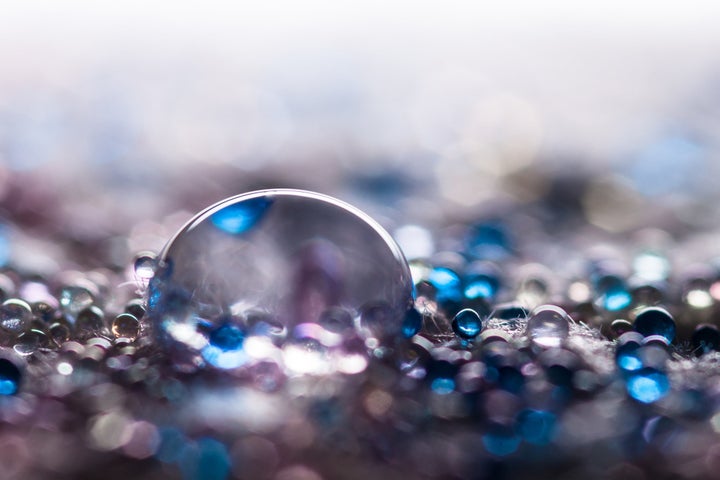A UK-wide ban on the manufacture of products containing microbeads has come into force today [Tuesday 9 January].
There is a high probability you’ve been unknowingly using microbeads in your daily beauty regime for years.
After a lot of campaigning - with celebrities Ellie Goulding and Dougie Poynter backing the effort - Environment Minister Thérèse Coffey has announced that manufacturers can no longer add tiny pieces of plastic to wash-off cosmetic and personal care products, (such as exfoliating scrubs, shower gels and toothpaste), as evidence has shown the detrimental effect they’ve been having on our planet.
However this isn’t a complete ban - ‘leave-on’ products (such as sunscreen and makeup) will still be allowed to contain microbeads following the cosmetic industry’s resistance, as it is claimed brands would need to reformulate 90% of their products, which would be “difficult”and “expensive”, according to The Telegraph.

With microbeads finding their way from your bathroom to our oceans, where they are ingested by sea life, which can end up our dinner plates, it’s a cyclical topic that can’t be ignored.
So, here’s everything you need to know:
What are microbeads?
In a nutshell, microbeads are tiny pieces of plastic found in many beauty products, such as exfoliating scrubs, toothpastes and more.
Why are microbeads bad for the environment?
Evidence has shown that microbeads can find their way from your bathroom to the sea.
“Trillions of tiny pieces of plastic are accumulating in the world’s oceans, lakes and estuaries, harming marine life and entering the food chain,” Mary Creagh, chair of parliament’s Environmental Audit Committee said in August last year.
“The microbeads in scrubs, shower gels and toothpastes are an avoidable part of this plastic pollution problem.
“A single shower can result in 100,000 plastic particles entering the ocean.”
What ingredients should I look out for on cosmetic labels?
These are the ingredients to avoid: polyethylene (PE), polypropylene (PP), polyethylene terephthalate (PET), polymethyl methacrylate (PMMA), polytetrafluoroethylene (PTFE) and nylon.
Does this mean that from today I’ll no longer be able to buy products containing microbeads?
No. The ban only applies to manufacturers, not shops. So beauty counters and chemists will be able to continue to sell any products containing microbeads that were produced before today.
The Department for Environment has said a ban on the sale of products containing microbeads will follow later in the year, but they have not yet proposed a date for this to come into effect.
What alternatives are out there?
Thankfully, there are a lot of natural alternatives to pick from with biodegrable ingredients such as coffee grounds, sugar or salt granules.. Peruse our list below for some options.